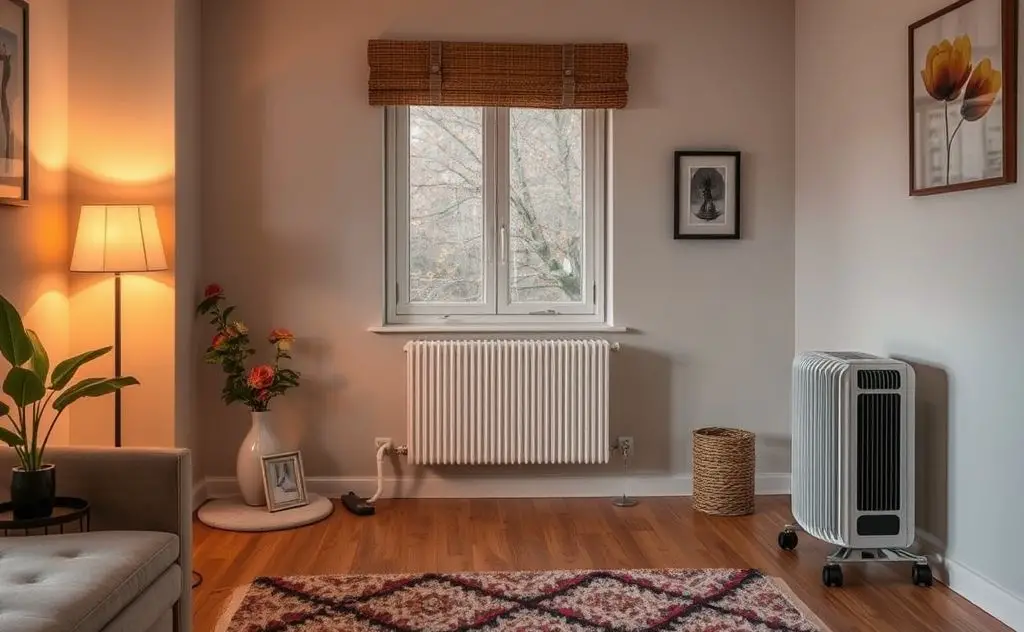Electric heaters can be costly to operate, less efficient than some alternatives, and may pose safety risks like overheating or fire hazards if not maintained properly.
Electric heaters offer convenience and easy installation, but they come with significant drawbacks that impact efficiency, cost, and safety. Understanding these limitations helps homeowners make informed heating decisions.

1. High Energy Costs
Electric heaters convert nearly all electricity into heat, but electricity costs more per BTU than gas or propane. This leads to higher operating expenses.
Cost Comparison Table
| Heater Type | Cost per 100,000 BTU |
|---|---|
| Electric | $3.50 |
| Natural Gas | $1.20 |
| Propane | $2.50 |
For whole-home heating, electric options like electric stoves can triple energy bills compared to gas alternatives.

2. Limited Heating Capacity
Most electric heaters struggle to heat large spaces effectively:
- Standard 1,500W models heat only 150 sq ft
- Larger units require 240V circuits
- Multiple units may overload home electrical systems
According to Energy.gov, electric tankless water heaters often can’t handle simultaneous hot water demands in larger homes.
3. Slow Heat Delivery
Electric heaters take longer to warm spaces than combustion-based systems:
- Resistance heating elements must warm up
- Heat transfer occurs primarily through radiation
- No forced air distribution in most models
This makes them poor choices for quick heating needs.
4. Fire and Burn Risks
Electric heaters cause approximately 1,700 home fires annually according to the NFPA. Key risks include:
Common Safety Issues
- Overheating when placed near flammables
- Faulty wiring in older units
- Surface temperatures exceeding 300°F
- Tip-over hazards with portable models
Proper smart heater controls can mitigate some risks through auto-shutoff features.
5. Dry Air and Health Impacts
Electric resistance heating dries indoor air significantly more than other systems:
- Can reduce humidity to unhealthy levels (below 30%)
- Increases respiratory irritation
- May worsen skin conditions
6. Short Heating Range
Most electric heaters provide localized warmth rather than whole-room heating:
- Effective range typically 3-8 feet
- Heat doesn’t circulate well without fans
- Creates cold spots in larger rooms
This makes them inefficient for open floor plans.
7. Limited Lifespan
While electric heaters have fewer mechanical parts, key components degrade:
- Heating elements typically last 3-5 years
- Thermostats and controls often fail first
- Plastic components become brittle over time
Replacement costs add up compared to longer-lasting systems like built-in gas heaters that often last 15-20 years.
